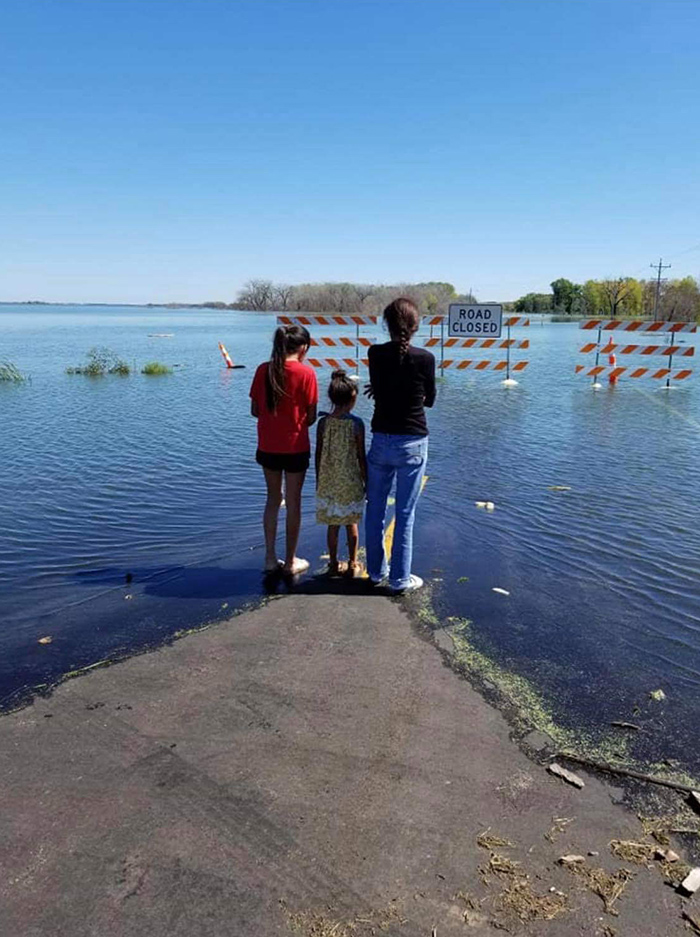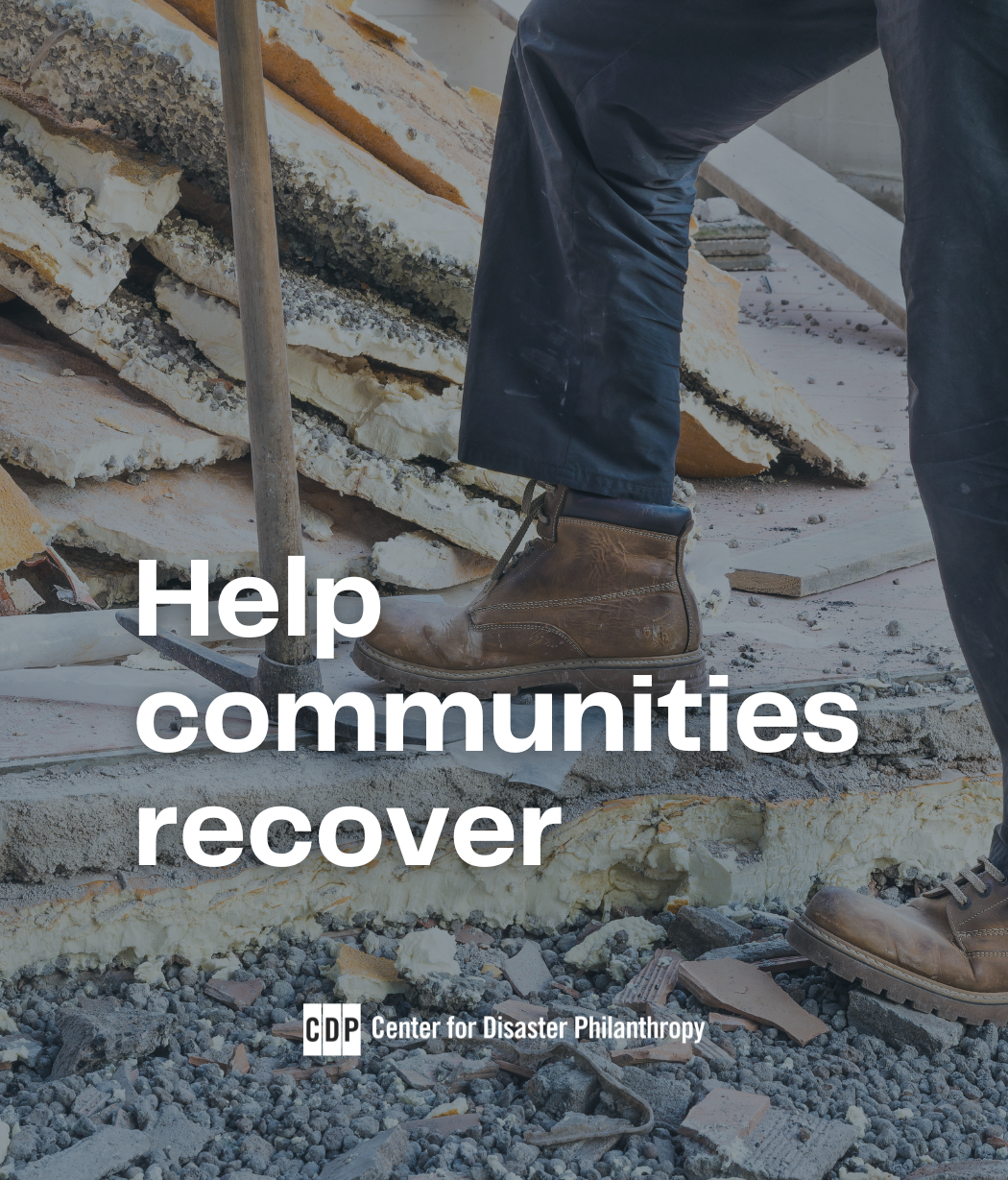Indigenous land management: Decreasing disasters and increasing resilience
2 p.m. ET / 1 p.m. CT

Within the continental United States, the colonization of Indigenous tribes led to the loss of 99% of previously managed Indigenous land.
The new ‘tribal lands’ – usually undesirable areas tribes were forced onto – are areas that are more at risk of climate change and natural hazards. One study found that Native Americans living in tribal communities now face exposure to increased heat, drought and wildfires.
Indigenous management and conservation of land, both traditional methods and new technologies, are critical to protecting the world’s natural environment from increased degradation due to climate change.
Globally, Indigenous people have stewardship of one-quarter of the world’s land surface spread across 87 countries.
During this webinar, panelists explored the links between colonization, environmental justice, the landback movement, and natural hazards and extreme weather. They discussed why it is important for Native Hawaiians to retain access to traditional land after the wildfire disaster in Lahaina this year. They also explored how funders can support tribal communities to improve land conservation efforts and fight climate change.
- Diana Campos, Program Coordinator, Environment-Fragility-Peace Nexus, CDA Collaborative Learning Projects
- A. Uʻilani Tanigawa Lum, Assistant Professor, William S. Richardson School of Law
- Joel Moffett, Director of Environmental & Special Projects. Native American in Philanthropy
This webinar was co-sponsored by Alliance Magazine, Council on Foundations, PEAK Grantmaking, United Philanthropy Forum, Giving Compass, Native Americans in Philanthropy, The Funders Network, Philanthropy New York and Philanthropy California.
Please see the slide deck, read the recap on Giving Compass and watch the webinar recording to learn more:
